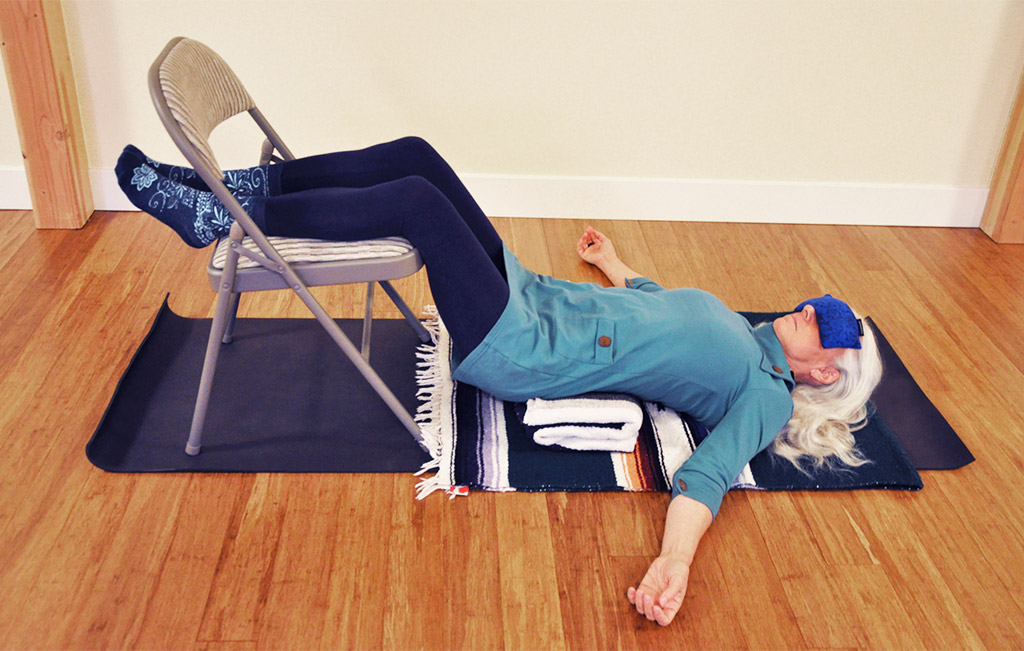
If you’re feeling unusually tired this week, there may be a good reason for it. On Sunday, we turned our clocks ahead. This means you may be struggling to get to sleep in the evening, and struggling to wake up in the morning.
Any time change affects our bodies’ circadian rhythms. It happens in the fall too, but common wisdom is that the spring time change is more difficult. Some people’s bodies adjust in a day or two, while others can take a month or more. Generally, people whose sleep patterns are already iffy experience more problems adjusting.
The problems are twofold: it’s harder to get to sleep in the first place, and to add insult to injury, you have to get up an hour earlier. Here in Salt Lake City, at 6:00 am last week, there were just the earliest inklings of light beginning to filter through the windows. Now it’s back to total darkness when the alarm goes off. Because our sleep cycles are based on light, our bodies get confused.
Studies show that disrupted sleep patterns associated with time change can increase the risk of strokes. Workplace injuries and car crashes also tend to spike after springing forward. Sleep deprivation can affect our mood and productivity as well. On the plus side, my cats have been pleasantly surprised at being served their meals an hour earlier!
How to Help Your Body Adjust
Like it or not, we do have to adjust to the new time, since the rest of the world has sprung forward. Here are some suggestions that might help:
- Avoid caffeine and alcohol in the evening. Both these substances can disrupt sleep. It’s best to stop caffeine after lunch, at least for the first few weeks after the time change.
- Avoid screen time before bed. Screens are a light source. Light suppresses the sleep hormone melatonin. For the same reason, avoid turning on lots of lights in the evening. Also, engaging with the news or with social media, can cause obsessive thinking, a huge culprit in suppressing sleep.
- Avoid loud music or vigorous exercise in the few hours before bedtime.
- Expose yourself to bright light as soon as you can in the morning. This can help reorient your circadian rhythms.
- Practice yoga for daylight savings time. Try a restorative yoga pose (or more than one) in the hour before bedtime. There are, of course, lots of choices, but the one below, Supported Viparita Karani, a.k.a. Instant Maui (a term coined by Judith Hanson Lasater), is a classic sleep-supporting pose.
Yoga for Daylight Savings Time: Instant Maui
- Gather two or three yoga blankets, a chair, a yoga mat and an eye pillow if you have one. Place your chair on top of the mat with the seat facing you. Fold a blanket so that it’s about 12 inches across and 2-3 inches thick. You may need more than one blanket to achieve that height. Place the folded blanket in front of and parallel to the chair.
- Lie down, resting your pelvis on the blanket. Make sure that the fleshiest part of your rear is slightly off the blanket toward the chair so that your torso is horizontal. If your torso slants toward your head, Instant Maui will not be very relaxing. If your legs don’t feel comfortable on the chair, you can move it closer or farther away.
- Our bodies naturally cool down in Restorative yoga, so you may want to have another blanket handy to place over your entire body, or at least over your torso. If you have an eye pillow, place it over your eyes. Set aside your to-do list. Do nothing. Stay in the pose anywhere from 5 to 20 minutes.
- When it’s time to come out, fold your legs in toward your torso, roll onto your side and relax for a few breaths before sitting up.
Restorative yoga is not about stretching. It is about settling and opening. If you feel any discomfort, including a strong stretch, in Instant Maui, you may want to experiment with your props. The ideal Restorative pose yields little physical sensation. This is especially true when you’re using the pose to support sleep.
